I tried 5 alternatives to the old 20-minute FTP test - and I won’t be going back
An exploration of ways to keep your FTP accurate and up to date without 20-minute tests
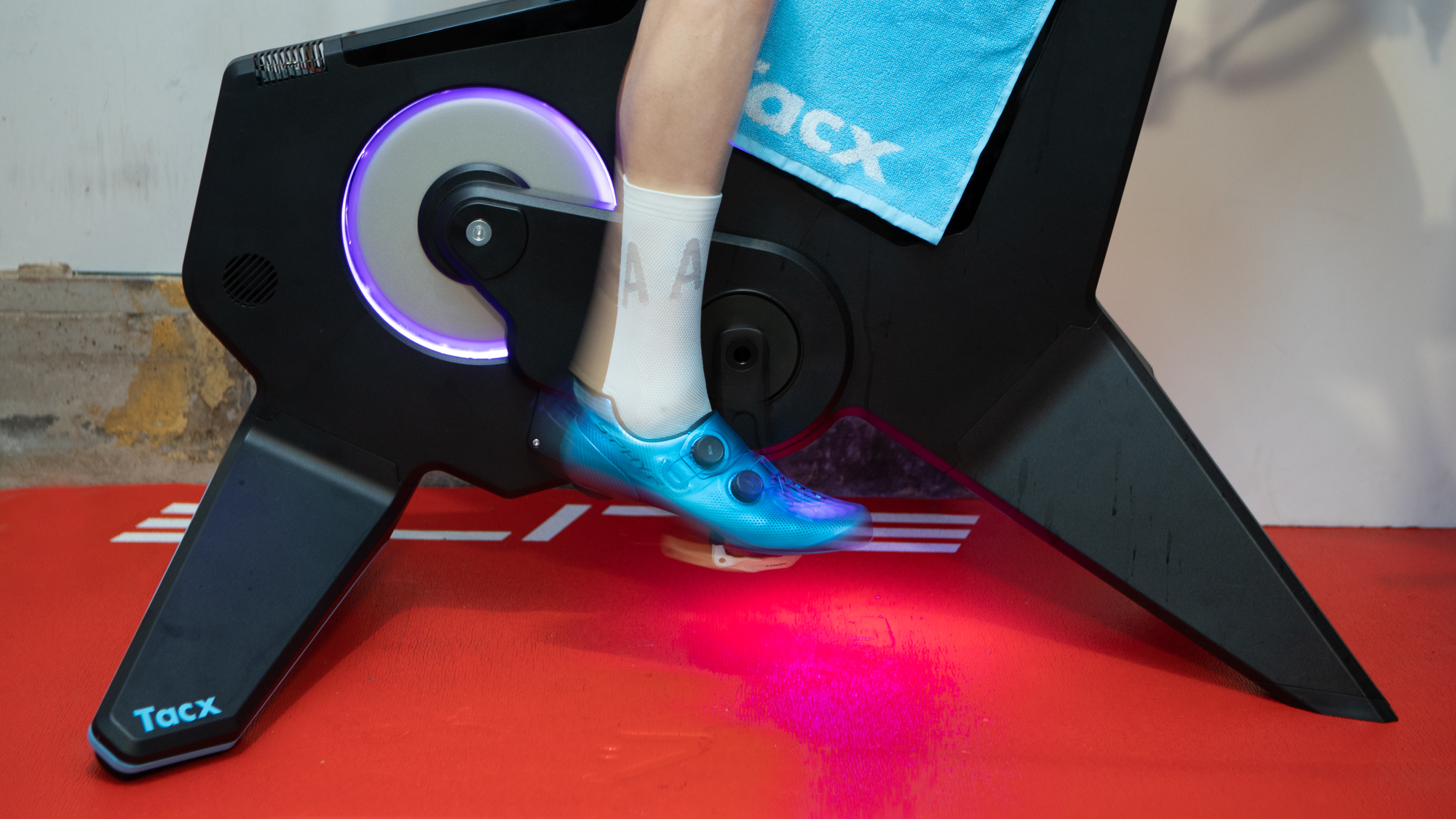
One of the things I like to tell people is that if you want to get fast on a bike, you need a power meter. Things like wheels and aero frames are great but if your primary goal is getting fast, start browsing our list of the best power meters for cycling. The options are more expansive and cost less than ever before, but the payback to your riding is far greater than anything else you can buy.
There's a catch though. Unlike buying a set of wheels and putting them on your bike, buying a power meter requires work if you want to see change. Simply said, power meters make you faster because they give you the insight into the engine that is your body. Unlocking the potential for improvement means putting that insight to use for training. The place that starts is with FTP.
FTP stands for functional threshold power. The most widely used definition of FTP is that it is the effort, expressed in watts, which you are capable of holding for an hour. It's also the basis for all modern power based training, whereby the FTP value is used to the your training zones for all intervals. Get that magic FTP number wrong, and you may find that your prescribed efforts - anything from 5 second to 60 minutes - are either too hard, or too easy.
The challenge is that in order for your training to be effective you need an accurate value for your FTP - and that requires testing. Ideally you'd be testing once a month and adjusting your training based on the new number. In the past, the parimary way to test would be a 20-minute, or 1-hour, all out effort. Anyone who's ever done one of those will immediately see the issue.
Twenty minute FTP testing is brutally hard and requires serious know-how to do it right. It's essentially a 20-minute time trial and that's a skill not everyone is good at. On top of all that, you can't get an accurate number if you aren't properly rested. Then, even if you are able to manage all those requirements, the test itself will impact your training. Putting down your max power for 20 minutes, if done correctly, will leave you drained for at least a few days. Add up all those challenges - don't forget the mental fortitude required - and the reality is almost no one tests enough.
Every company involved in the training space knows this and there are a bunch of solutions. At the same time, there's a lot of misinformation and bad understanding out in the world. As someone who has spent more than a decade training at a high level (as an amateur), I wanted to take a look at the options and see how they stacked up. I've known for a few years that there's little point in completing a 20-minute, or longer, FTP test anymore - but over the last month or so I've put in a concerted effort to show the results of different options. Keep reading to see the options I looked at and what the results were.
1. The ramp test
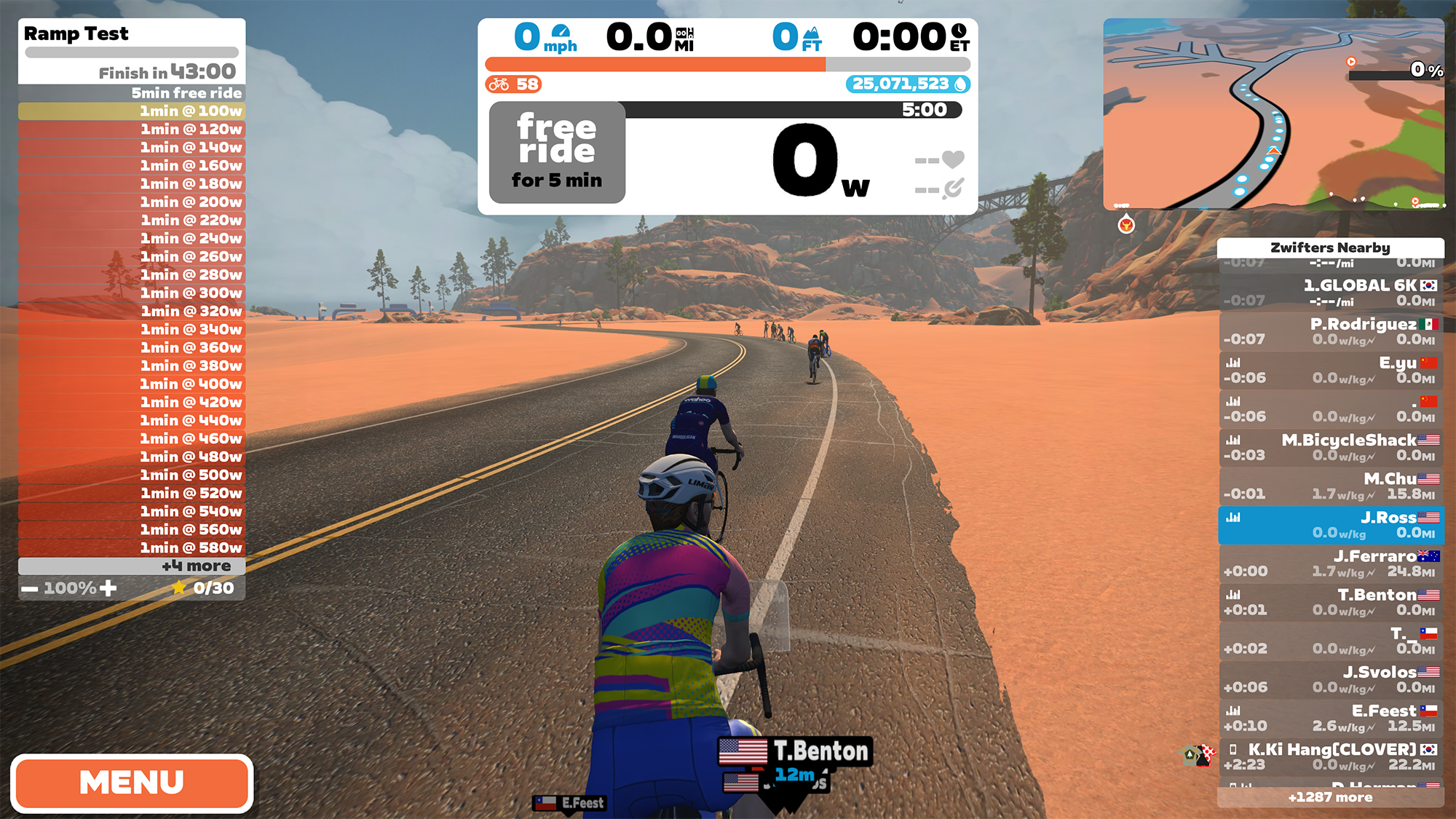
The visual nature of Zwift helps makes the ramp test a little easier
The ramp test was the first alternative protocol for FTP tests that I started to regularly see. The best indoor training apps for cycling were all early adopters of this system. You can find it in Wahoo SYSTM, TrainerRoad, and Zwift but none of those brands invented the idea. Instead, the man behind the idea is Ric Stern.
The latest race content, interviews, features, reviews and expert buying guides, direct to your inbox!
Today Stern runs a coaching company called Cycle Coach, but I was curious what the story of the test was. Although the ramp test is widely used, no one is paying for it and Stern doesn't even regularly get credit. As it turns out, the story is one of youthful oversharing on a forum around the turn of the century. Apparently, while in university, Stern regularly shared his findings on a forum called Topica Wattage and the system eventually took off without him.
Despite Stern giving away the commercial potential of his idea, he's still an authority on how it works and he's happy to explain things. According to Stern, "the ramp test works simply because you're really measuring the same thing as FTP/CP (Critical Power)/some sort of threshold but at the other end."
In other words, we can look back at the extensive data that's built up during the time of widespread power meter use and see that there's a relationship between our maximum output and lower output - and that time connects those two numbers.
That brings us to the Zwift implementation of the ramp test. As I already mentioned, every major training software has a ramp test but Zwift has the largest user base. Zwift is also a software that allows for regular riding - and racing - in addition to training, so even those who’ve never done power based training might have access to it. Bottom line, more people have access to this test than the ramp tests on other platforms.
The first thing to understand about the Zwift ramp test is that you aren't supposed to finish it. I've seen people get tripped up on this. There is a shorter test and a longer test but you won't 'finish' either and if you do manage to finish the shorter test then it won't be accurate.
Just use the long test and, after a warmup, the system will increase the required power requirement every minute. Ideally you'd be doing the test on one of the best smart indoor trainers in ERG mode, but if your trainer doesn't do that, you can manually increase your power. Eventually you will reach a point where you can no longer turn the pedals and the test is over.
Zwift will use your best 1-minute power, so every second you can keep going counts. This is true of all the systems, though I do tend to find the visual nature of Zwift helpful for mentally pushing a little harder. You can see the upcoming power change represented as an arch on the road ahead so you try to get there.
The whole process will take about 20 minutes but only five or so minutes will really be tough. It will feel like you could have gone harder - it always does - but unless you really made a mistake that's just how it feels. At the end, Zwift will calculate your FTP based on whatever your result is being 75% of your threshold.
This is an estimate and also the source of all the theories about why the ramp test isn't accurate. According to Stern, it should be a range between 73% and 77% but at some point he got tired of writing that, said 75%, and it stuck. For me, it happens to be perfectly accurate.
I've tested the ramp test against 20-minute FTP efforts, indoors and out, a number of times and the two always agree. There is a bit of a catch here though and it has to do with how you view FTP. Is FTP the highest number you are capable of producing or is it a sustainable number?
My ramp test FTP agrees with it as a sustainable number because Zwift, and other systems, tell you not to stand. That's a problem for me because I'm not a big person and I tend to stand when I am near my FTP. As it turns out, I asked Zwift as well as Stern and the minds behind TrainerRoad. All of them said that if that's how I ride, I should go ahead and stand. For now though, my non-standing ramp test FTP was 229.
2. Xert and the concept of a moving and flowing FTP
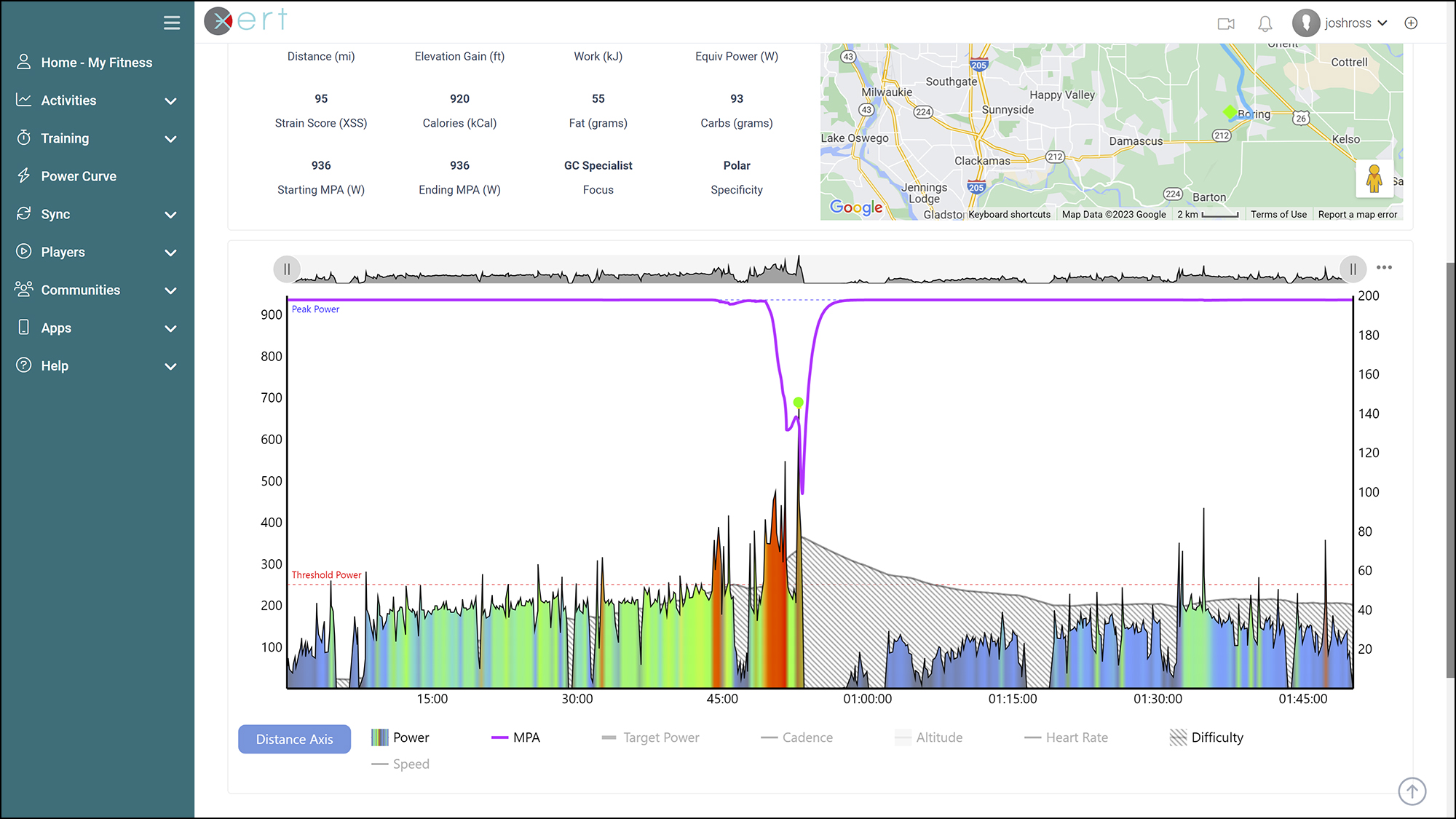
Xert with an always changing FTP and if you can break the model, it recalculates
As I already said, more people have Zwift than other options. If you want to stop doing 20-minute FTP tests and don't want to sign up for another service, you are most likely to already have Zwift. If you don't have Zwift but already train inside with regularity, then you probably have either TrainerRoad or SYSTM and, again, you can do a ramp test without paying for another service.
There is another option, though, and I want to strongly recommend it. I've also been using Xert for years and if you want training and specifically FTP testing, Xert is amazing. In fact, even if you never use Xert, the system has lessons to teach us all.
The way Xert works is that it pulls an FTP value from your regular riding. Actually, Xert offers a wide range of analysis and training solutions, but for the purposes of this article, we are focusing just on the FTP portion of it. That FTP portion is a big one, though. Xert has a whole new way of looking at FTP and it applies to every implementation of FTP testing.
Starting again, the way Xert works is that it pulls your FTP from your regular riding. What's unique is that once an FTP is set, it's not a static number. Instead, Xert has a metric called MPA and you can think of this as your potential energy. It's always in motion both in the long term and on every ride. There's another side to the idea of 'potential energy' though, it's a maximum.
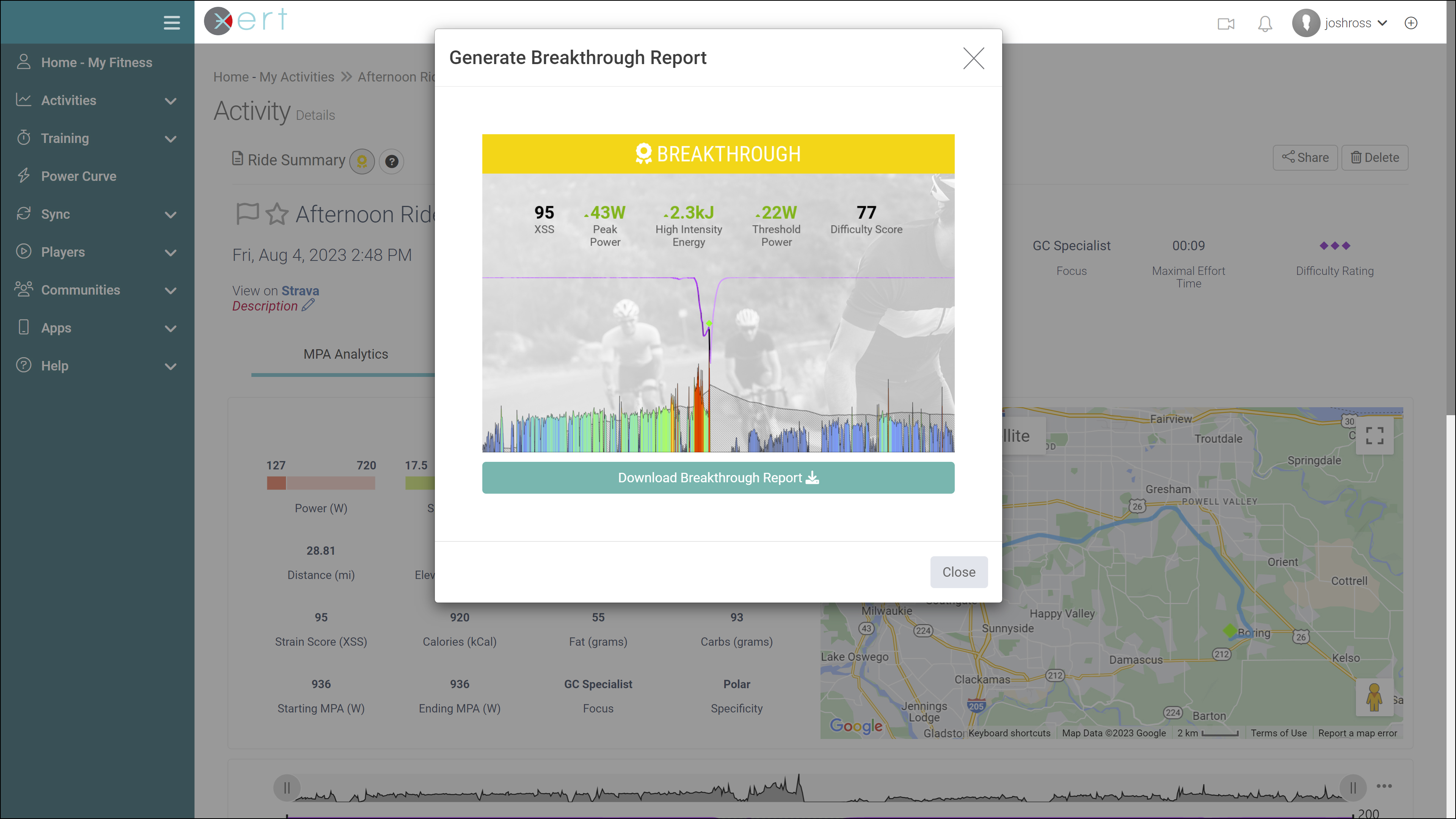
The amount you break the model will change the new estimate the system makes
By definitition, you shouldn't be able to go above your maximum potential energy. This is the basis for how Xert works from an athlete point of view. Your MPA will fall over time based on your riding and if you do a hard effort, a race or a group ride, and you push yourself then you might go above your MPA. When that happens, Xert understands that you need a new MPA number and that's when your FTP is reset.
What Xert offers buried within its numbers is quite incredible. There is a level of detail that is well beyond my expertise. In terms of FTP though, my number is always within a few watts of a ramp test or a 20 minute test. No testing necessary, it just works and it's accurate. I have found, though, that it's still susceptible to the same opinion of FTP as a ramp test is and I actually demonstrated that while testing for this article.
If I just use Xert without any special focus, it's accurate to my ramp test FTP but when I looked at my ramp test effort, I noticed that I didn't set a Xert breaththrough. In theory the two should line up but when they didn't, I went out and caused an Xert breakthrough in the same way I normally do.
The way that works is that it's possible to sprint and go above your MPA number. At least it's possible for some people, but it's not possible for me. Instead, I always have to take advantage of the fact that MPA also falls under fatigue. I can't do a single hard effort to break MPA, but I can either draw it down over a longer ride then do a small sprint or I can do repeated sprints until I break it. This time I did repeated sprints and arrived at an FTP of 251.
If I was only using ramp tests and Xert, I might think Xert was wrong. But I had some other data to go by. A friend joined me through some of this journey and I noticed on his ramp test, he was also able to cause a Xert breakthrough. That's what pointed me to the fact that I needed to stand for the ramp test. It also pointed me to the effectiveness of another service and how I'd made a mistake in the past.
3. TrainerRoad and AI FTP

One, small, drawback to the TrainerRoad system is that it's only good for once a month updates
Near the end of 2022, TrainerRoad took a step away from the idea of testing to determine FTP. Actually, according to the TrainerRoad blog post covering the announcement, TrainerRoad had already moved away from testing as a final result. TrainerRoad was already leveraging the data the company had and adapting training over time based on results of workouts. There was an opportunity to take things a step farther, though, and get rid of the tests that served as a starting point. AI FTP hit the scene as a simple button you could press once a month to learn your FTP.
In terms of how it works, there's not a lot of info I can share. At the core of it the TrainerRoad system is using data analysis to leverage the huge volume of data that the brand has available. The specifics of this are somewhat secret, but it's also not that important. The end of the process involved testing expected outcomes against actual outcomes, and what the team found was better accuracy than the tests.
When AI FTP hit the scene, I was already working through some of the ideas that underpin this article. I've been looking for the best way to understand my FTP for years and I couldn't wait to hit a button and get an accurate result. What I found was that the number that I got from TrainerRoad AI detection was around 30 watts higher than the ramp test or Xert. When I reached out and asked for info, the team doubled down.
TrainerRoad is confident in the accuracy of the AI FTP detection and after about 9 months of studying it, I have to agree. It goes back to the type of rider I am and my recent deep dive into the Xert data vs the ramp test. It's something that I pointed to in the section about the ramp test and Xert when I discussed the concept of FTP and the difference of opinion there - whether your FTP should be a sustainable, attainable number, or whether it should describe your physiological maximum potential: a value which you're unlikely ever to actually hit.
TrainerRoad doesn't seem to think there is much to debate. TrainerRoad wants your FTP set as the maximum you are capable of and AI FTP matches that number for me. Right now that means TrainerRoad is showing an FTP of 246 watts vs 242 for Xert at the moment I'm writing this.
4. INSCYD and the complete picture of your power profile
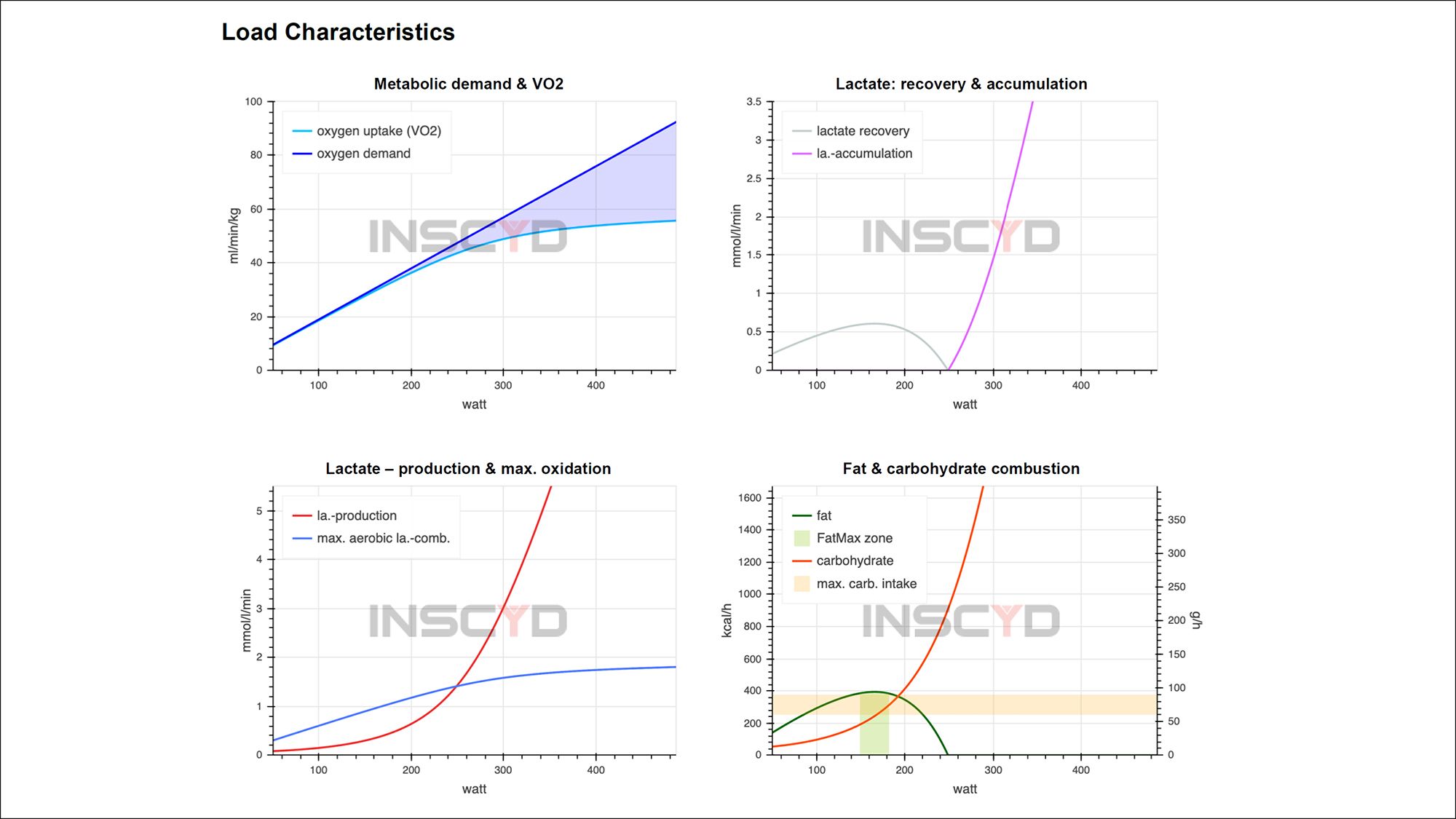
INSCYD provides info no one else has
INSCYD is a complete rethink of what FTP means and you don't technically get an FTP number back. What you get is 'MLSS' meaning Maximum Lactate Steady State or "the equilibrium of lactate production equaling combustion." It's a number that doesn't exactly correlate to FTP but, at least in my case, is very close. According to INSCYD my MLSS is 249 watts compared to my TrainerRoad FTP of 246 watts and my Xert FTP of 242 watts.
That's not where INSCYD stops, though. MLSS or FTP will only tell you one small part of the picture of your body. As an example, there's a friend I often ride with who has a similar FTP to me but can absolutely crush a sprint. I get dropped every time, but if I start early and slowly raise the power over the ride, I can eventually exhaust him and drop him. If you only look at our FTP, we should have similar engines, but that's obviously not correct. There's a much bigger picture and Insycd can tell it.
To get that picture, you start with some tests. Sorry! But like the ramp test, you still do have to test with INSCYD. There's a seated 20-second sprint done without changing gears. Then there's a three minute all-out effort and a six minute all-out effort. The final piece is best 12-20 minute power from a recent ride. The test is then combined with your height and weight.
What you get back from this series of tests is a metabolic profile report. It has graphs and details about how your body processes lactate as well as what your VO2 max is and details about your ability to process fat and carbs. For me, this system completely changed how I approach my riding and training. There is also a series of zones included in the report, but those details ended up not being that important.
Everyone will have different goals, but my goal is to ride at a relatively high intensity forever. I've done three rides around 200 miles this summer and almost every weekend I do around 100 miles. Next year I want to do even bigger rides and something like the Transcontinental race would be a dream.
With INSCYD I was able to understand how hard I can ride without putting myself in the hole. What that looks like, for me, is riding between 149 and 182 watts. I should also be consuming a little under 400 kcal/hour to avoid dipping into my muscle glycogen. Sticking to those numbers means riding as fast as possible for as long as I want to.
When I put that to the test, the result was a fast and repeatable ride. I did 100 miles while attempting to stay as close to 165 watts as possible and eating 400 kcal an hour. It was the fastest 100 miles I've ever done and according to Xert I could do that again without a rest day. It was hard but very doable and likely would have been even easier if I'd correctly calculated the calories I was eating (I ended up being a little low and closer to 250 kcal/hour).
As far as training goes, INSCYD doesn't directly translate to something. The coach who helped me with the test is going to suggest intervals, but the reality is that I was already doing a lot of training that matches with my desired results. The real clarity came from how to figure out pacing and fuelling. I think I could also use the MLSS number to create my own intervals if I wanted, but for once I think I’ll leave it to someone else.
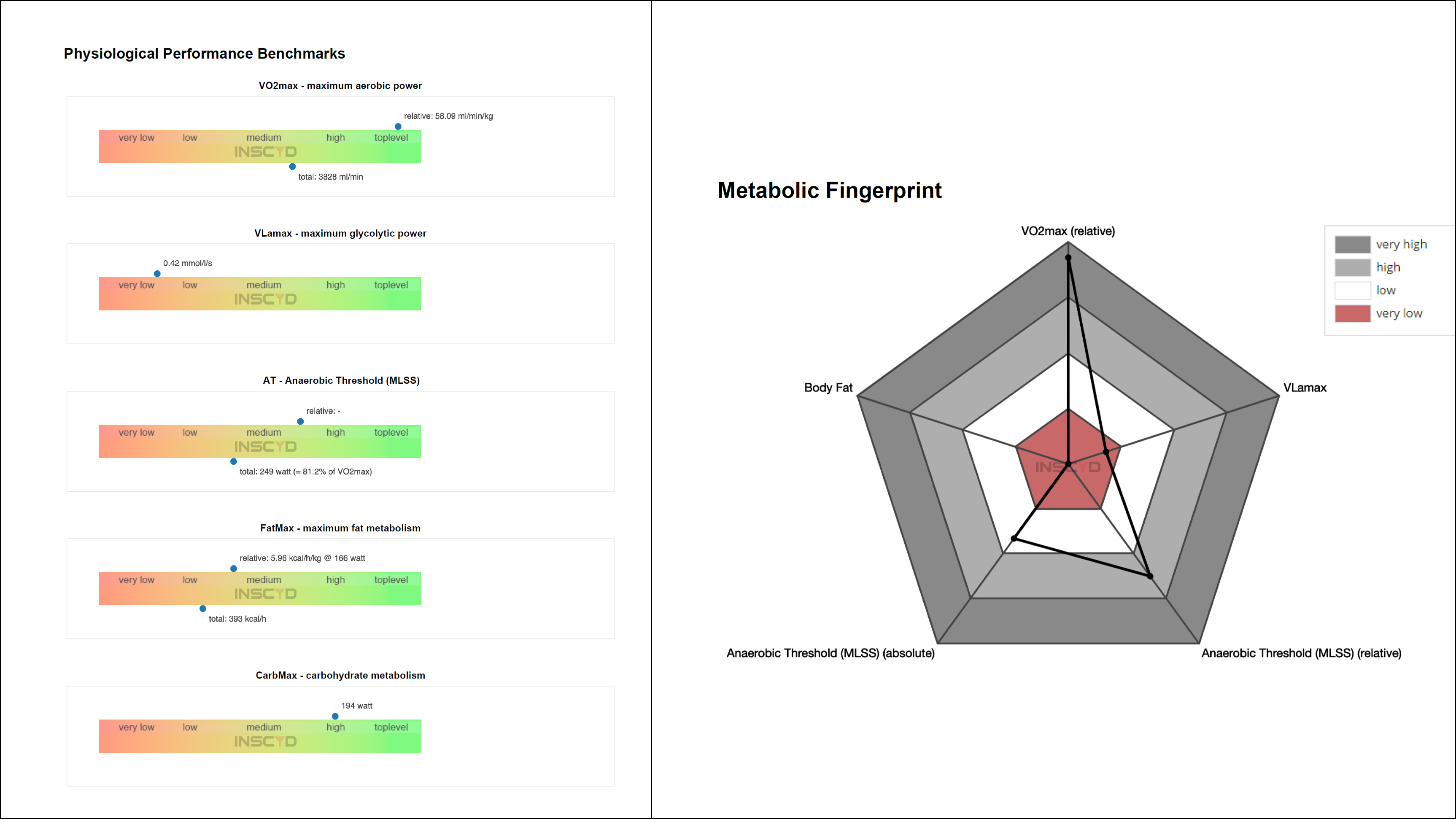
MLSS can function reasonably well as a stand in for FTP but it stands for more than what you'd otherwise get
5. Critical power
Ramp tests, Xert, TrainerRoad, and Insycd are the systems I've used over the years. They are what I wanted to tell everyone about as I learned to understand my body and how to train. They are, also, paid options which might not be available to everyone.
If you are looking for something that doesn't incur a cost, I'd point you towards using Critical Power. There are a number of options, but the one I spent time with was on the High North webpage.
The way it works is that you take two or three tests of different durations. Simply punch in the durations and the power you were able to hold and you’ll get a critical power number back. In my case I had those from my Insycd tests so I just popped them in.
The number it spat out was 239 watts and that is well within the range of usable numbers from other tests. If you have a power meter but no other service, using a critical power calculator would be an effective way to get an FTP without ever doing a 20-minute test.
The verdict
Over the years I've lost count of the number of conversations I've seen play out disparaging the effectiveness of different FTP testing protocols. In response, I've tested them and always seen relative parity. At the same time, I've also lost track of the number of times I've asked people about their FTP tests only to find they don't do them. Often people do them once then adjust intervals based on a vague notion of feel. At this point there's no reason for any of this push and pull to exist.
There are a number of ways to keep your FTP up to date without doing a 20-minute test. The most basic option would be a ramp test. Ramp tests are accurate but you may need to stand if that's how you ride and you really need to go for it. Xert is also accurate but you are going to have to regularly do a serious effort. You do get a lot more information with Xert though, and it introduces the idea of a non-static FTP. I’m a big fan of what it’s offering but expect to need to try hard to create a breakthrough regularly.
If none of that sounds great, TrainerRoad is also perfectly accurate and doesn’t require any hard efforts. The only downside there is that it does make some of the info you might want inaccessible to the end user. If you actually want that info then Xert is better or you might consider INSCYD. INSCYD offers the best information but the cost is higher and it's always going to be in addition to other training software. If you don't want the extra info, and you'd rather not pay for any extra training software, a critical power calculator would provide the info but you still have to do the same tests as INSCYD and the results don’t have any of the context.
The big takeaway from all my testing is that there is no clear cut answer but there's no need to ever do another 20-minute test. Not only that but twenty minute, or even one hour, tests might actually be less accurate. Few people can pace 20-60 minute efforts correctly and even if you manage it, just doing the test takes a training toll. If you want your FTP accurate and up to date, pick a service and make use of the available tools.
Josh hails from the Pacific Northwest of the United States but would prefer riding through the desert than the rain. He will happily talk for hours about the minutia of cycling tech but also has an understanding that most people just want things to work. He is a road cyclist at heart and doesn't care much if those roads are paved, dirt, or digital. Although he rarely races, if you ask him to ride from sunrise to sunset the answer will be yes.
Height: 5'9" Weight: 137 lb.
Rides: Orbea Orca Aero, Cannondale Topstone Lefty, Cannondale CAAD9, Trek Checkpoint, Priority Continuum Onyx